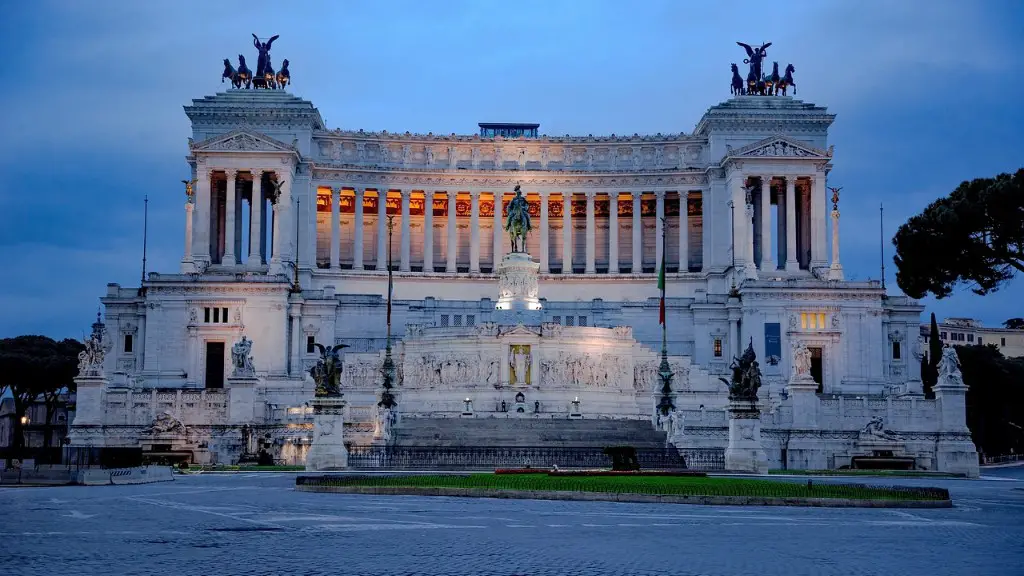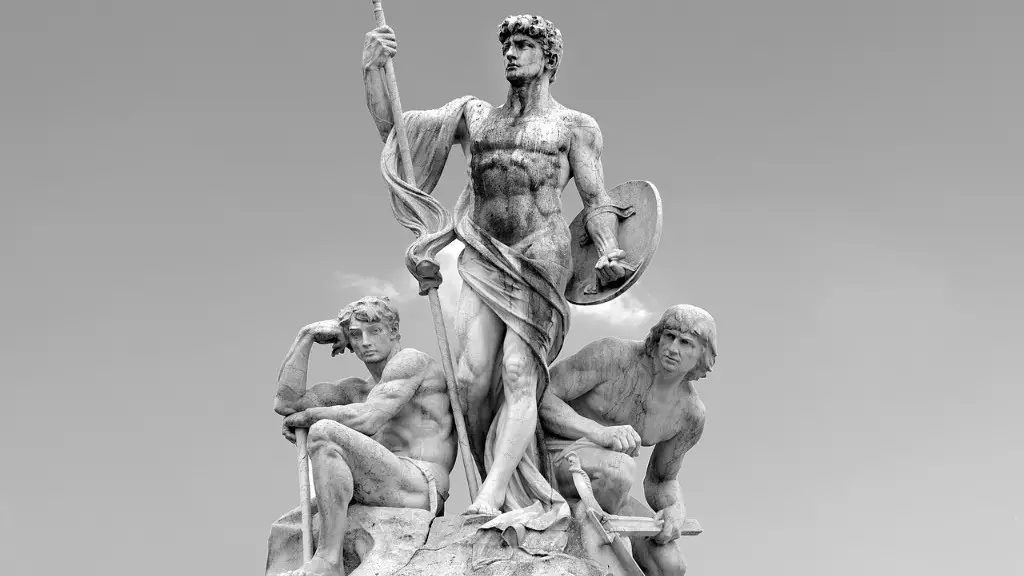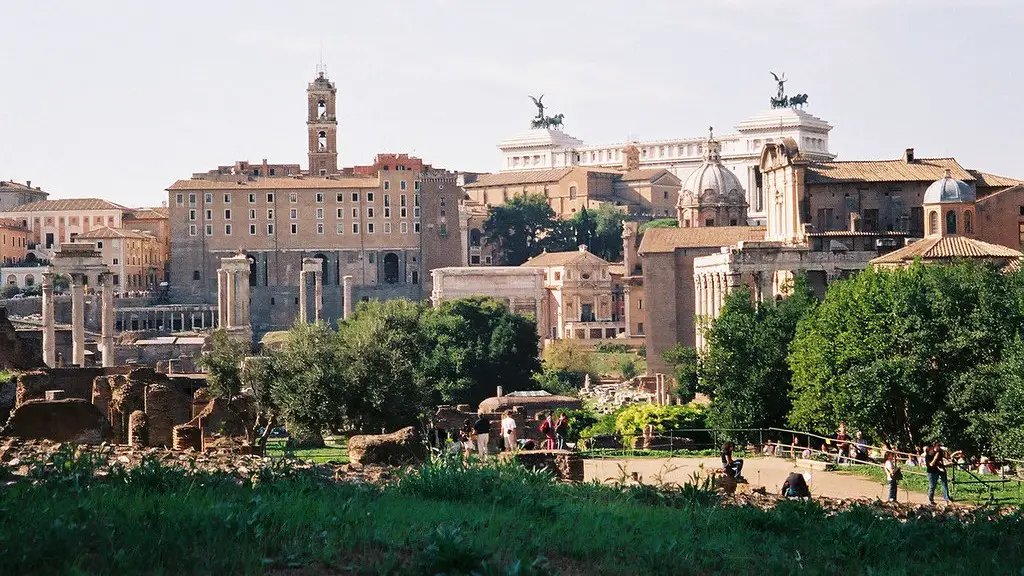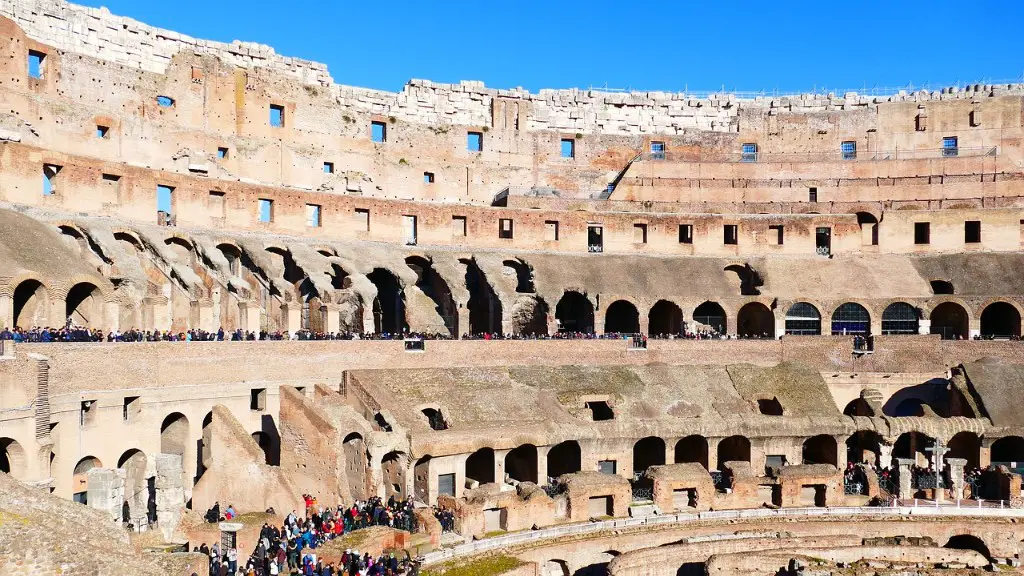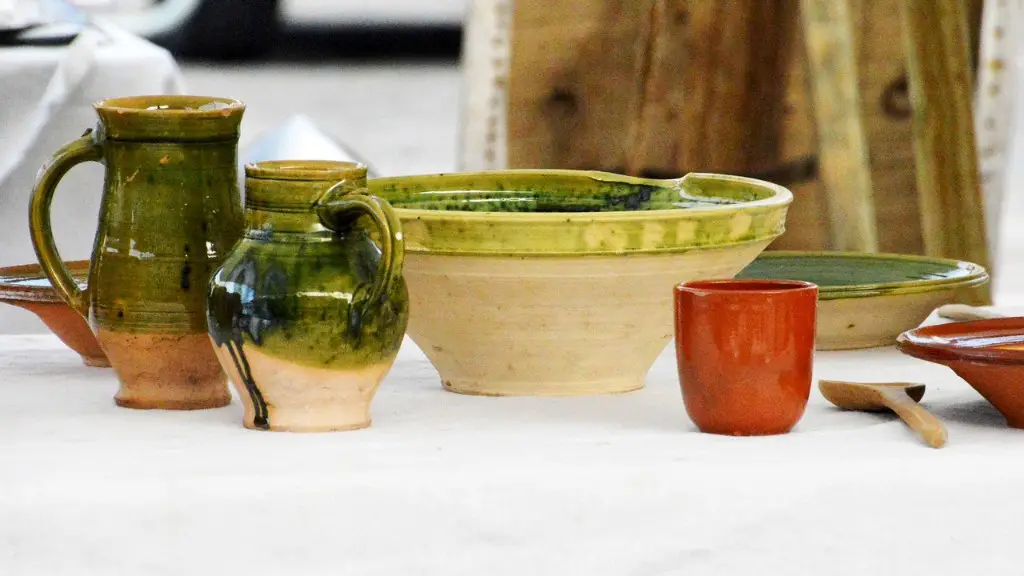The Roman Republic was founded in 509 BCE and the city of Rome, located in Central Italy, grew to become one of the most powerful towns in the ancient world. The citizens of Rome were separated into two distinct classes: the patricians and the plebeians. The patricians were the members of noble and wealthy families, who had been ruling Rome for centuries. The plebeians were the common people, who had no claim to land or political power. The patricians and the plebeians of Rome did not always get along.
The patricians had an elevated status in Roman society and their privileges and power was strictly protected by law. Patricians were the only citizens allowed to hold public office, own land, perform religious rituals and even marry other patricians. This exclusive class was able to observe traditional ceremonies which kept other members of society away. Patricians were highly regarded and enjoyed a prestigious lifestyle.
The plebeians, on the other hand, had no political rights or legal protection. Like all other citizens, they had to serve in the army or find a trade or craft to make their money; however, they were excluded from many prestigious social and political positions. For example, plebeians weren’t allowed to become high-ranking government officials, nor could they marry people from the patrician class. This meant that plebeians had much less economic and political power than patricians, making it difficult for them to find success.
The struggles between the plebeians and the patricians eventually led to revolts, which gained the attention of the Roman Senate. In 471 BCE, the patricians agreed to grant the plebeians full political rights in exchange for the plebeians agreeing to never revolt again. This agreement, known as the Licinian Laws, made it possible for the plebeians to vie for elected positions, acquire land, and marry patricians with legal protection. Through these laws, the gap between the two classes began to close.
Although the Licinian Laws granted the plebeians these rights, they were still far from being given true equality with the patricians. Many of the professions that required specialized training, such as medicine and law, were still exclusive to patricians, and plebeians were still unable to fully participate in public life. As Rome continued to grow in power and influence, the two classes of citizens became more intertwined, and by the time of Julius Caesar, the distinction between them had all but disappeared.
Political Influence
The patricians and plebeians of Rome exerted a great deal of influence over the city’s politics. The plebeians had their own political assembly, known as the Concilium Plebis, which elected representatives called tribunes. The tribunes were tasked with protecting the plebeians from any oppressive acts by the patricians. This assembly also elected representatives to the Senate, which was the main branch of Rome’s government.
The patricians also controlled the Senate, and they had the power to make all of the important political decisions. The Patricians had their own political assembly, the Comitia Curiata, which allowed them to elect two consuls. These were the highest positions in the government, and their decisions were legally binding. The patrician consuls were expected to serve as national leaders, and their authority was respected by the plebeians.
Despite the differing political backgrounds of the two classes, they had a mutual understanding that allowed them to work together in the interest of the Roman state. This cooperation allowed Rome to grow and expand, and eventually, become one of the most powerful empires in history.
Social Impact
The unequal relationship between the patricians and the plebeians had a lasting social impact on Roman culture. The patricians were regarded as being superior to the plebeians, and this fact was reflected in society. For example, plebeians and patricians had to adhere to different rules when they got married. If a patrician wanted to marry a plebeian, they had to first obtain permission from their family. This was not required for plebeians marrying patricians, as plebeians were considered inferior.
The differences between the two classes could also be seen in their dress. Plebeians were expected to dress according to their social status, and patricians had the privilege to wear luxurious clothing. This distinction was also seen in Roman literature, where plebeians were often depicted as inferior to their patrician counterparts.
Despite these differences, both classes could still participate in some of the same activities and events. They both enjoyed an array of festivals, competitions, and religious ceremonies. Both classes also enjoyed performances such as plays, poetry recitals, and musical performances. Though their social lives may not have been equal, they did share the same cultural pursuits.
Legacy
The legacy of the patricians and plebeians of Rome can still be seen today. Though these classes are no longer recognizable, the social, political, and religious divisions they created during their time can still be found in modern society. They paved the way for some of the greatest dynasties in history and were the foundations of modern government systems.
The differences between the patricians and plebeians still have an immense impact on our understanding of the world. From their legal reforms to their cultural interactions, the legacy of the patricians and plebeians still has an effect in today’s world. They are reminders of our past, as well as a testament to the power of cooperation and unity.
Religious Practices
The patricians and plebeians had a unique relationship when it came to religion. Due to their high statuses, the patrician families were expected to carry out many religious ceremonies, such as sacrifices and offerings. These rituals were believed to please the gods, and ensure continued peace and prosperity in the Roman state. The patrician families were expected to provide the necessary resources and priests to carry out these ceremonies.
Plebeians were not granted the same religious privileges as the patricians, as they were not allowed to participate in the religious ceremonies or offerings. However, they were allowed to partake in the religious festivals and holidays that were celebrated by both classes. This gave the plebeians an opportunity to experience the religious rituals, despite the lack of participation.
The religious practices of the patrician and plebeian classes are still evident today. Though the once prominent differences between the two classes have faded, the importance of religious ceremonies and offerings still stands, and many of the religious practices of the ancient Romans have been adopted into modern society.
Economics
The economies of the patrician and plebeian classes of Rome also had an impact on their citizens. Patricians were afforded opportunities that plebeians did not have, and due to their influence in the state, they were often able to use their wealth to further their goals. This gave them an economic advantage over the plebeians, creating a cycle of power and influence that was difficult to break.
The plebeians, on the other hand, had limited economic opportunities. Most plebeians were forced to work in manual labor or crafts as a means of making money. This class did not have the same access to wealth as the patricians, and it was often difficult for them to find success in the Roman economy.
Though the differences between the patricians and plebeians have all but disappeared in today’s society, their impact on the Roman economy can still be seen. Through the example of the patricians and plebeians of Rome, it is possible to understand the power and influence of wealth and politics in a society.
Legislation
The laws that impacted the patricians and plebeians of Rome were also very important. The patricians’ laws were followed strictly, and many of them granted the patricians exclusive rights and privileges. These laws meant that the patricians retained their power, while the plebeians were excluded. The plebeians’ laws were mainly designed to protect their rights, and ensure that they were treated fairly in the Roman state.
The Licinian laws, which granted the plebeians full political rights, were some of the most important laws passed in the Roman state. This law changed the face of Roman politics, allowing the plebeians to participate more in public life. These laws also impacted the economic opportunities for the plebeians, as it granted them access to land, thus allowing them to become land owners.
The historical importance of this law is still felt today. Through this law, the Roman Republic granted the plebeians legal protections that allowed them to finally be on equal footing with the patricians. The Licinian laws were revolutionary and laid the foundation for a more equitable system that we still see in our society today.
